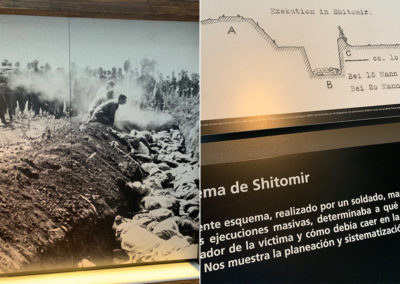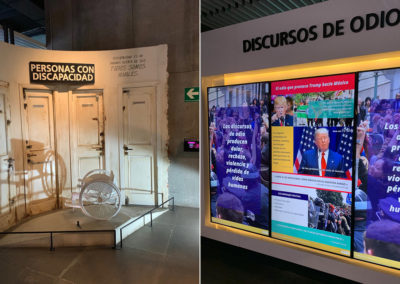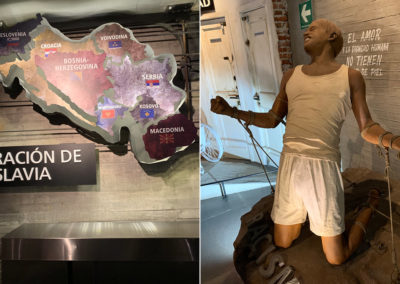Over the last month I have been traveling. As I would go into a hotel room there was this game I played. I found I couldn’t imagine who had lived there before me. I have played this game before. I have always wondered who were those people who have looked out the same window at the same view?
Yesterday, I stayed in Mexico City for one day with Christian de Gré Cardenas, my friend and collaborator, before flying home. We were celebrating a magnificent week during which we finished the libretto and musical outline for our new comic operetta, Vox Populi (the voice of the people).
Mexico City has more than 180 museums — more than any other city in the world. (Paris, where I was earlier this summer, is second with roughly 140.) Christian and I started our day with an early breakfast, went to different museums all day, finished at 5:45 that evening, and had dinner.
The museums have their own themes but one in particular returned me to my question about imagining the people who have lived in the same hotel rooms as I: Museo Memoria y Tolerancia, The Memory and Tolerance Museum.
Half of it is dedicated to the nightmares of humankind, but the second half is dedicated to tolerance. The first half shows, in painful detail, pictures, films, and the actual objects of genocide during and after WWII: German concentration camps, Rwanda, Sarajevo — it still goes on all around the world every day, forever.
This museum was very focused and shocked me out of my complacency on a subject that I felt I knew relatively well. How is it I only understood these numbers as the amount of times they would have filled a football stadium as a milling crowd or the number of times the population of Baltimore City?
These statistics were always there in The New York Times, The Sun, and The Post as I turn to the entertainment section or the sports page. Yet here, I walked into a small box car that carried people to the camps. I saw footage of the guns going off, the smoke, and the sacrificed falling headlong onto others in a mass grave. There in front of me was the gun that had been fired in the footage.
At dinner, as we talked, Christian read European news article on his phone, which I had missed. It said Michelle Bachelet, UN High Commissioner for Human Rights, had condemned the “undignified and damaging” conditions in which migrants and refugees are being held at the US border. She called for children never to be put in immigration detention or separated from their families. She said she was appalled by the camps, and that several UN human rights bodies had found the detention of migrant children may constitute cruel, inhuman, or degrading treatment, which is banned under international law.
In response, the United States threatened to stop payment of its dues unless it was exempted from the relevant UN provisions.
From the walls of that museum, the eyes looked back at me. It always starts with demonizing a selected group of people. There before my eyes the Propaganda was framed: that paper that had been circulated to the crowds and now was framed on the wall.
It always started with containment “for the public good”. Who are these people that look back at me from a museum exhibit? They must have looked out the windows at the same world I rent now.




